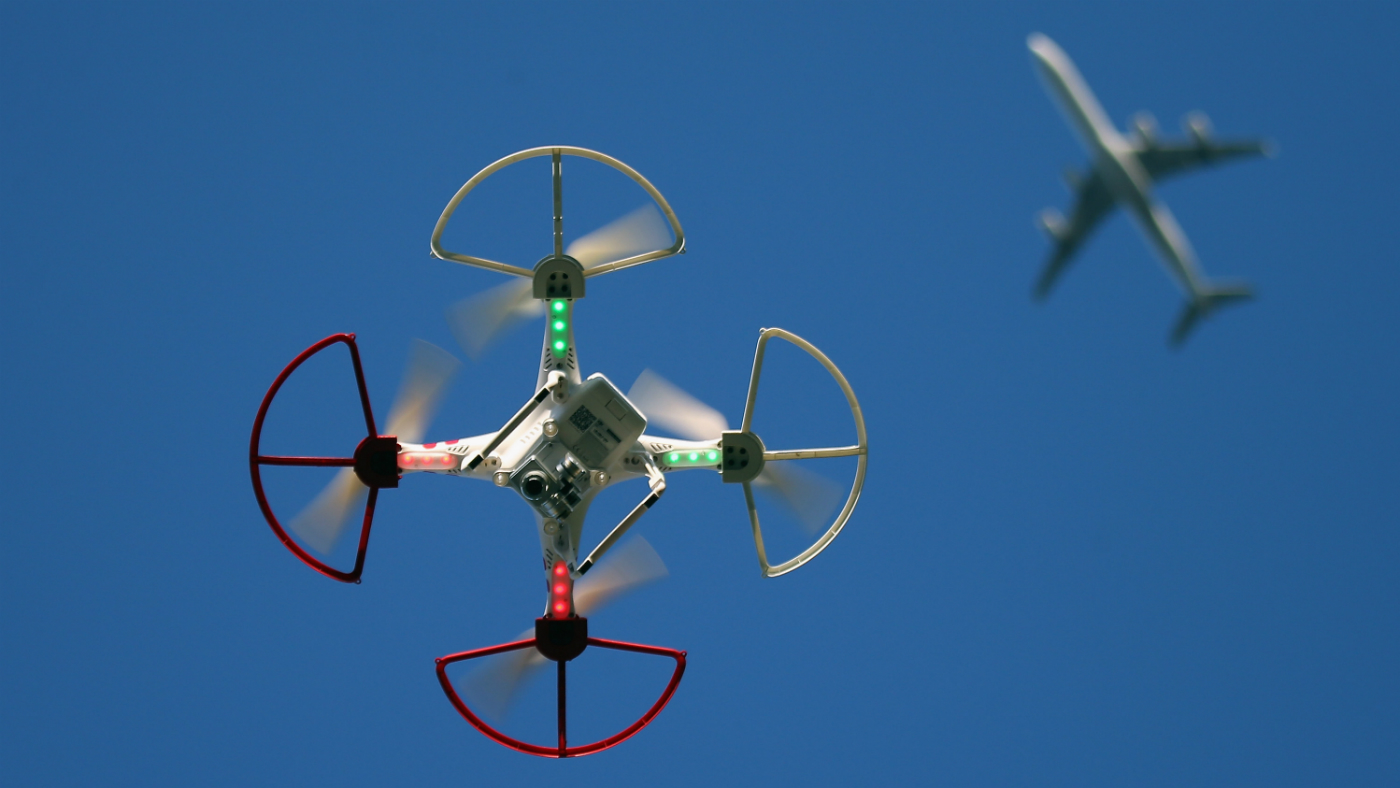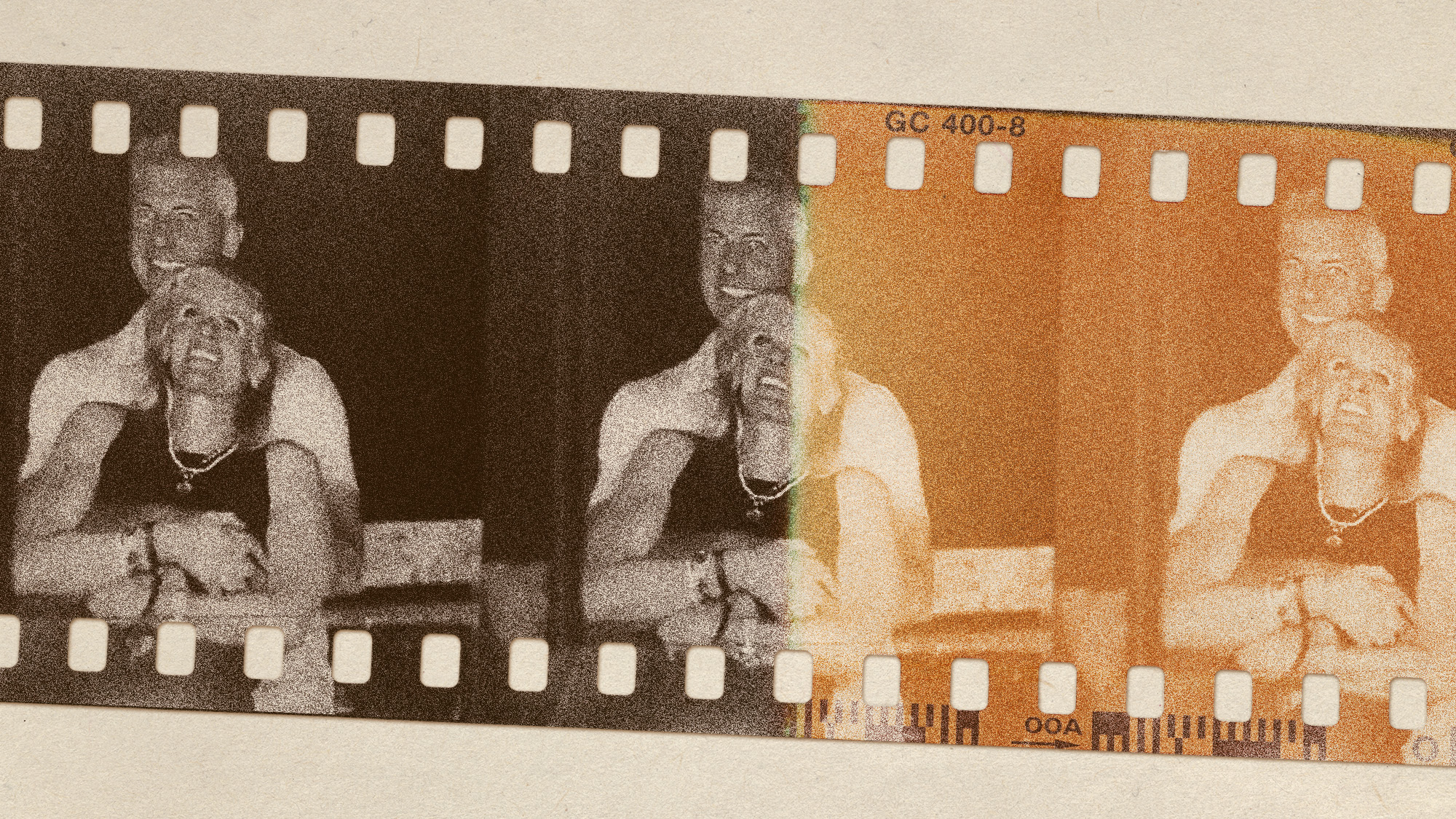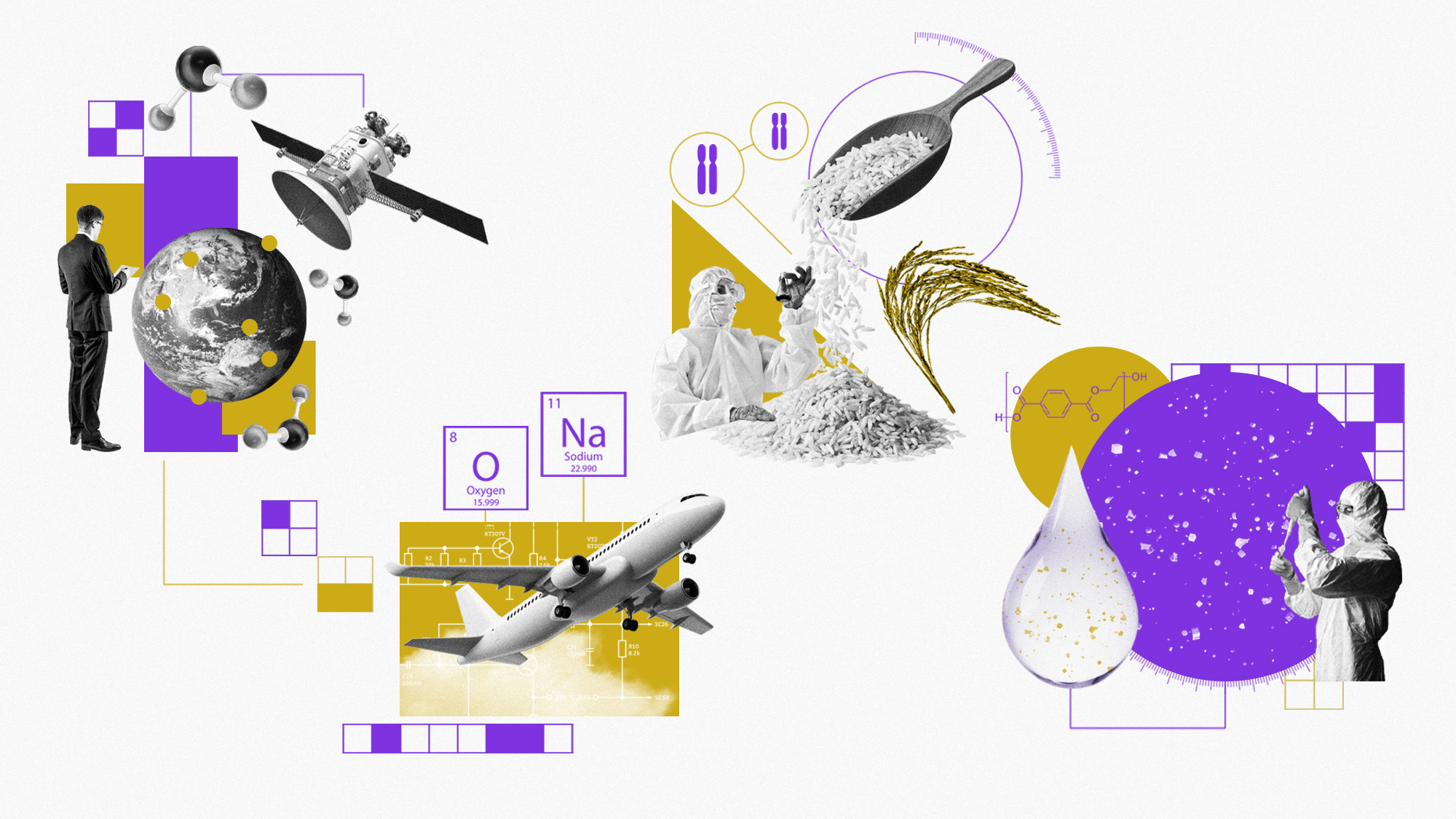Unmanned drones pose a tricky prospect for regulators
In Depth: a drone smashed into a passenger plane in Quebec in one of almost 1,600 incidents in Canada alone this year

New fears have been raised about air safety after a drone smashed into the left wing of a SkyJet passenger plane as it approached Quebec’s Jean Lesage International Airport.
Although the plane landed safely, the collision last month - one of 1,596 reported drone incidents in Canada so far this year - has led to questions about how to regulate the usage of private drones, says The New York Times.
“People think they’re toys, but they’re not toys,” Greg McConnell, chairman of the Canadian Federal Pilots Association, told the newspaper.
The Week
Escape your echo chamber. Get the facts behind the news, plus analysis from multiple perspectives.

Sign up for The Week's Free Newsletters
From our morning news briefing to a weekly Good News Newsletter, get the best of The Week delivered directly to your inbox.
From our morning news briefing to a weekly Good News Newsletter, get the best of The Week delivered directly to your inbox.
Weeks before the SkyJet incident, a quadcopter collided with a UH-60M Black Hawk helicopter over Staten Island, in New York, in what the US Federal Aviation Administration (FAA) said was the first confirmed in-flight collision between a drone and a piloted US aircraft.
“The army is now reviewing its procedures for missions like the security flight it provided for the United Nations General Assembly meeting in New York City, where the collision happened,” the Aviation International News website reported at the time.
The UK is still getting to grips with the dangers of unmanned aerial vehicles (UAEs). London’s Gatwick Airport had to close its only operational runway in July because a drone was flying nearby, forcing five incoming flights to be rerouted. It was one of more than 80 UK reports of drones flying too close to planes so far this year, according to the data reported by Which? magazine.
In almost every country worldwide, flying drones around or above airports is strictly prohibited. In 2015, researchers at Virginia Tech University, near Washington DC, demonstrated that “an 8lb quadcopter drone can rip apart the fan blades of a 9ft diameter turbofan engine”, contributing to “catastrophic engine failure”.
A free daily email with the biggest news stories of the day – and the best features from TheWeek.com
But what else are countries doing about drone safety, and is it enough?
Registration
Some countries insist on weight-based registration.
In the US, the FAA requires drone operators to register aircraft weighing between 0.55lb (250g) and up to 55lb (25kg).
Canada has similar registration laws to the US, and heavy fines are imposed on those who breach the rules.
“Anyone who is found to have endangered the safety of an aircraft could face a $25,000 fine or prison time,” reports CTV News.
The UK intends to introduce registration for UAVs, under which drones will have to be registered and users will have to sit safety awareness tests - but there is no precise timeline for the introduction of the new rules. For now, pilots in the UK can operate UAVs without a licence.
Crowds and landmarks
The UK, Canada and Australia have specific restrictions on flying drones in public places.
In the UK, pilots must keep their drone a minimum of 50 metres (164ft) away from people, vehicles, buildings or structures, and at least 150 metres (492ft) from congested areas and large gatherings of people. Australia stipulates a minimum 30-metre (98ft) limit from people. Canada’s restrictions depend on the weight of the drone, and range from 30 metres to 75 metres (246ft).
The US FAA has no general distance restrictions, instead warning users to ���never” fly UAVs over stadia, groups of people or emergency responders.
However, new regulations introduced by the US government in September dictate that drones can no longer be flown within 122 metres (400ft) of national monuments, including the Statue of Liberty, Mount Rushmore and the Hoover Dam.
Geofencing
A number of countries and UAV manufacturers use a system known as geofencing, a built-in mechanism to automatically prevent a drone from flying near sensitive areas such as prisons, industrial complexes and military bases.
Chinese UAV manufacturers DJI introduced geofencing on its drones in 2013. In 2016, however, the company switched to an opt-out system allowing operators to disable the feature, according to the BBC, in order to make it “easier for authorised personnel to carry out inspections and other sanctioned activities” in restricted areas.
The UK is considering making geofencing a mandatory requirement, under which drones would have no-fly zone programmed into them around areas such as prisons and airports, says the Daily Express.
But for now, in the UK, almost anything goes.
“The DfT has said that it does not yet have a time frame for changes, and has admitted that ‘the nuts and bolts still have to be ironed out’,” the Express adds.
-
 The most anticipated movies of 2026
The most anticipated movies of 2026The Week Recommends If the trailers are anything to go by, film buffs are in for a treat
-
 The biggest viral moments of 2025
The biggest viral moments of 2025In the Spotlight From the Coldplay concert kiss cam to a celebrity space mission, these are some of the craziest, and most unexpected, things to happen this year
-
 Environment breakthroughs of 2025
Environment breakthroughs of 2025In Depth Progress was made this year on carbon dioxide tracking, food waste upcycling, sodium batteries, microplastic monitoring and green concrete
-
 How Bulgaria’s government fell amid mass protests
How Bulgaria’s government fell amid mass protestsThe Explainer The country’s prime minister resigned as part of the fallout
-
 Femicide: Italy’s newest crime
Femicide: Italy’s newest crimeThe Explainer Landmark law to criminalise murder of a woman as an ‘act of hatred’ or ‘subjugation’ but critics say Italy is still deeply patriarchal
-
 Brazil’s Bolsonaro behind bars after appeals run out
Brazil’s Bolsonaro behind bars after appeals run outSpeed Read He will serve 27 years in prison
-
 Americans traveling abroad face renewed criticism in the Trump era
Americans traveling abroad face renewed criticism in the Trump eraThe Explainer Some of Trump’s behavior has Americans being questioned
-
 Nigeria confused by Trump invasion threat
Nigeria confused by Trump invasion threatSpeed Read Trump has claimed the country is persecuting Christians
-
 Sanae Takaichi: Japan’s Iron Lady set to be the country’s first woman prime minister
Sanae Takaichi: Japan’s Iron Lady set to be the country’s first woman prime ministerIn the Spotlight Takaichi is a member of Japan’s conservative, nationalist Liberal Democratic Party
-
 Russia is ‘helping China’ prepare for an invasion of Taiwan
Russia is ‘helping China’ prepare for an invasion of TaiwanIn the Spotlight Russia is reportedly allowing China access to military training
-
 Interpol arrests hundreds in Africa-wide sextortion crackdown
Interpol arrests hundreds in Africa-wide sextortion crackdownIN THE SPOTLIGHT A series of stings disrupts major cybercrime operations as law enforcement estimates millions in losses from schemes designed to prey on lonely users